Steer Clear
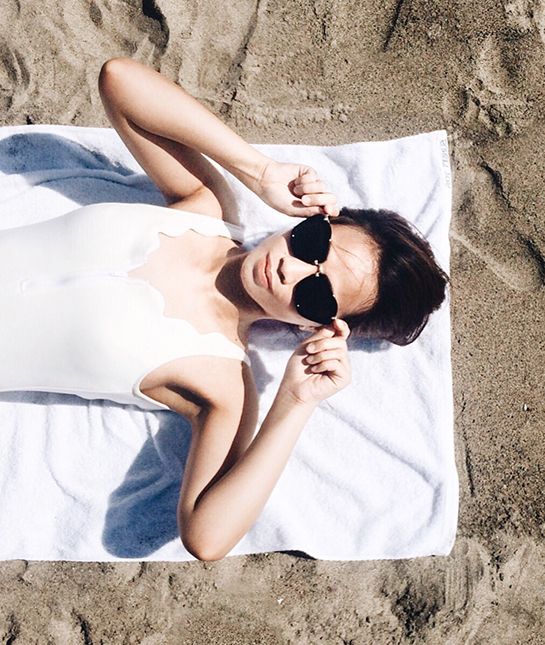
When it comes to skin health, it's tempting to solely focus on all the things we should be doing (cleansing, moisturizing, exfoliating and don't forget the SPF!). But what's equally—if not more—important is everything we shouldn't be doing. From visiting a tanning bed (no matter how "occasional" those visits may be) to eating certain skin-unfriendly foods, here are the top ten things to avoid, if radiant, unblemished, wrinkle-free skin is your end goal.
The Sun
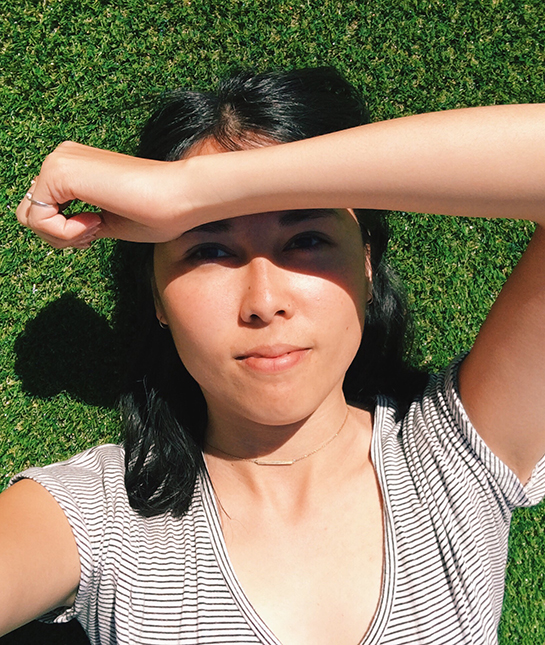
It likely doesn't come as a shock that the sun is a major skin offender due to the UV rays. And to put it simply, if you don't protect your skin against ultraviolet light, the anti-aging creams and serums are doing little good, says Dr. Neal Schultz, New York City dermatologist, host of DermTV and creator of BeautyRx by Dr. Schultz. "The list of bad things ultraviolet light does to your skin is endless, but let's start with cancer and premature aging, which consists of dull, tired-looking, blotchy, weather-beaten skin, brown and red spots, lines and wrinkles," says Dr. Schultz. The key to preventing sun damage is to wear an effective sunscreen (SPF 15 or higher with broad-spectrum/UVA protection) year-round—rain, snow or shine. Also, reapply every two to three hours and always after swimming or sweating, he suggests.
Tanning Beds
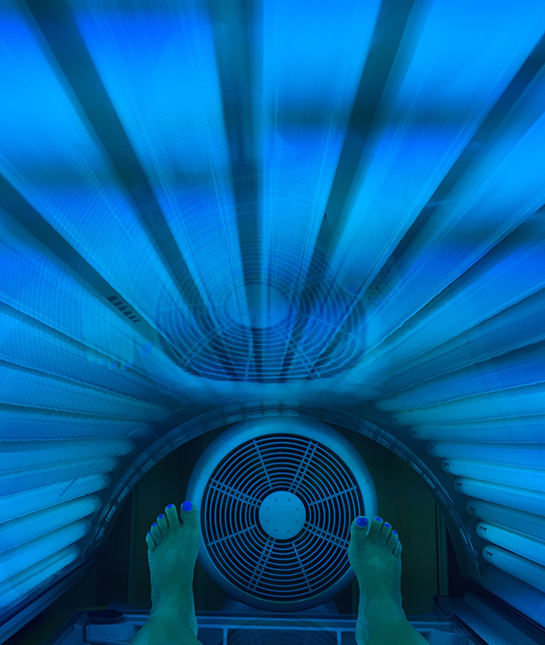
The UV source that's even worse than the sun and worse for your skin? Tanning beds. And if you still visit them, take a moment to let this sink in: "There is an epidemic of melanoma in Caucasian females in the U.S. between the ages of 15 and 39, traceable directly to tanning salons," says Dr. Schultz. "The casual relationship between skin cancer, especially lethal melanoma, and UV is now proven." There's no other way around it: Avoid tanning beds all together to protect your skin for the long haul.
Refined Carbs
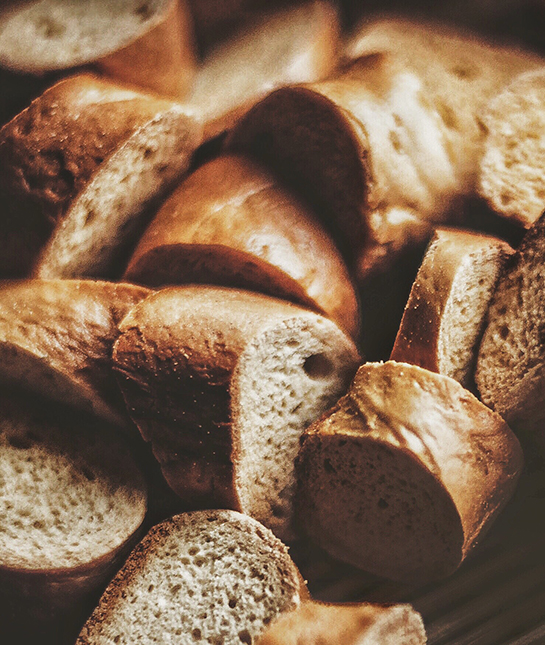
Research suggests that foods with a high glycemic index, such as pasta or bread made from bleached flour, can worsen breakouts, says Layne Lieberman, an award-winning registered dietitian, culinary nutritionist and author of "Beyond the Mediterranean Diet: European Secrets of the Super-Healthy." "This may be linked to a disruption in the body's hormonal balance because these foods can cause a rapid rise in blood sugar, which trigger a rise in insulin production," she says. "Insulin is closely connected to the other hormones in your body, including estrogen and testosterone. Swap white bread with whole grain varieties made with organic and ancient grains, such as quinoa, millet, barley and oats.
Sugar
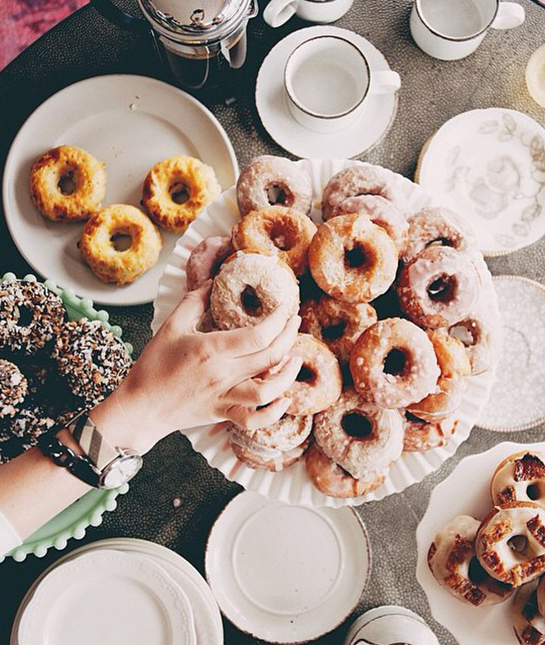
When it comes to acne instigators, chocolate gets an unfair portion of the blame. Let's go ahead and add candy, cake, soda and anything with processed sugar to the acne-causing list as well. Like refined carbs, sugar has a high glycemic index, which can worsen breakouts and throw off hormonal balance, says Lieberman. The good news is that chocolate itself (in raw, cacao form) is actually perfectly fine. Substitute dark chocolate with 90 percent cocoa for the sugary variations, suggests Lieberman, as your go-to sweet.
MORE: Sweet Sugar Substitutes
Alcohol
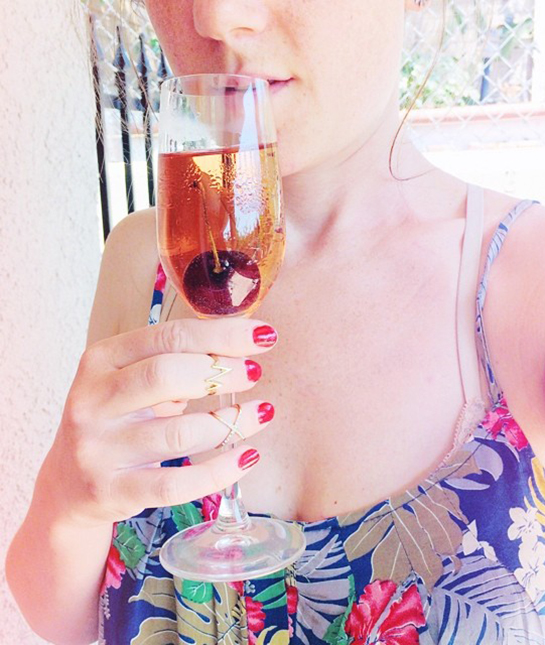
If you're one of the 16 million Americans living with rosacea—a red, acne-like skin disease that typically affects those older than 30—you already know that the best cure is learning to manage it. One of the worst skin offenders for those with rosacea? Alcohol, which dilates or expands the blood vessels, causing the skin to become redder than it already is, says Dr. Schultz.
Iodine
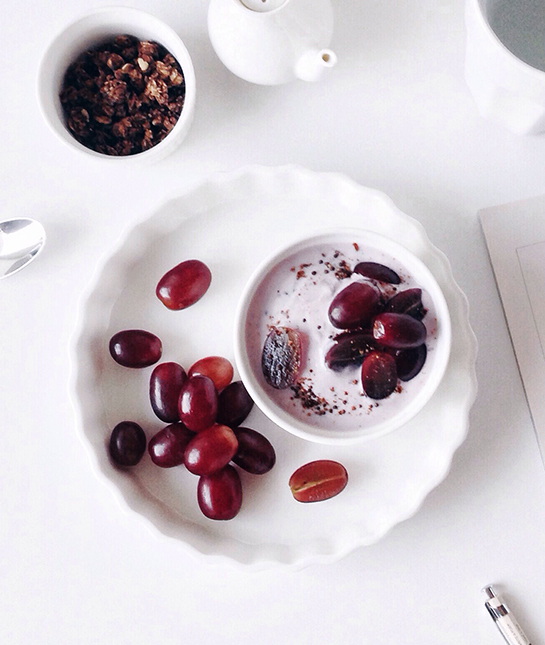
For anyone prone to acne, extra iodine can be a culprit of breakouts. The reason is a bit controversial, says Dr. Schultz, with one theory suggesting that it's due to an immunologic reaction that causes pus pimples and another suggesting that it's because of an increase of cells that line the follicle and causes clogs. Foods that are especially high in iodine include shellfish, kelp or seaweed, cod fish and yogurt. And be careful not to overdo it on the iodized salt, as well.
Additives and Preservatives
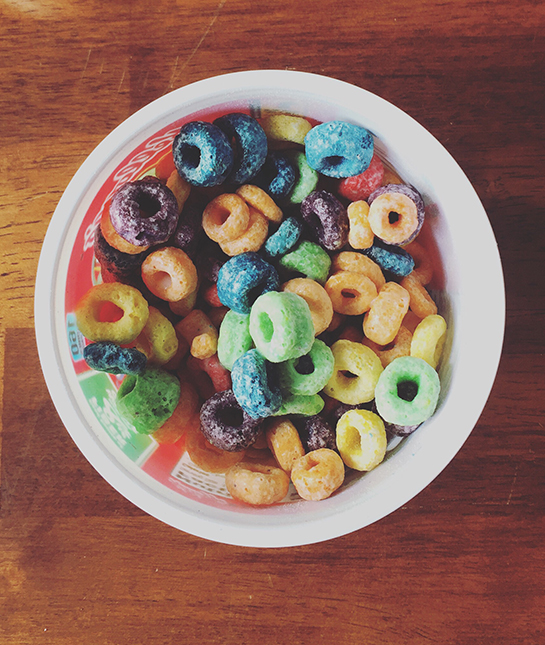
Since there's a direct correlation between healthy skin and healthy hormonal balance, avoid foods with additives, preservatives and any synthetic chemicals that might disrupt this balance. The best and easiest way to ensure you're avoiding them? Choose organic foods whenever possible, says Lieberman, which are guaranteed not to contain any added hormones or chemicals that could affect our hormonal systems.
Tobacco Smoke
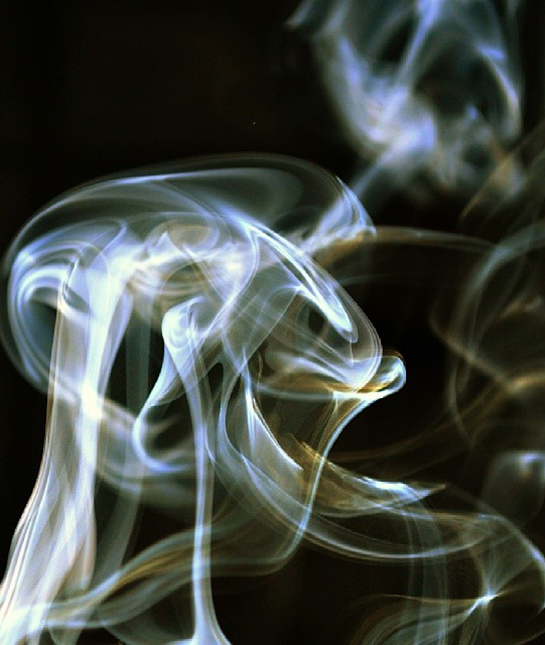
Not that we needed one more reason not to smoke (or be around those who do) but keeping yourself from aging faster is another motive. "The chemicals in all tobacco smoke—polycyclic aromatic hydrocarbons—cause the DNA damage that promotes skin damage and premature aging," says Dr. Schultz. "The chemicals decrease blood flow in the skin slowing healing and causing a yellow, sallow appearance." As if that wasn't appealing enough, there's also the lovely "smoker lines" that form on the upper lip as well, he notes. If you're unable to avoid cigarette smoke at work or home, Dr. Schultz suggests using a protective moisturizer with silicone derivatives and a lot of topical antioxidants, especially vitamin C-based products with tetrahexyldecyl ascorbate.
Squinting

Whether it's because you forgot your sunglasses, your reading glasses or you sit in front of a computer screen for too long, squinting is more than just a bad habit. It's also slowly forming crow's-feet around your eyes each time you do it. "If you bend a paper clip back and forth enough times, it breaks. So does your collagen, the main structural protein in your skin that helps prevent lines and wrinkles," says Dr. Schultz.
Facial Exercises
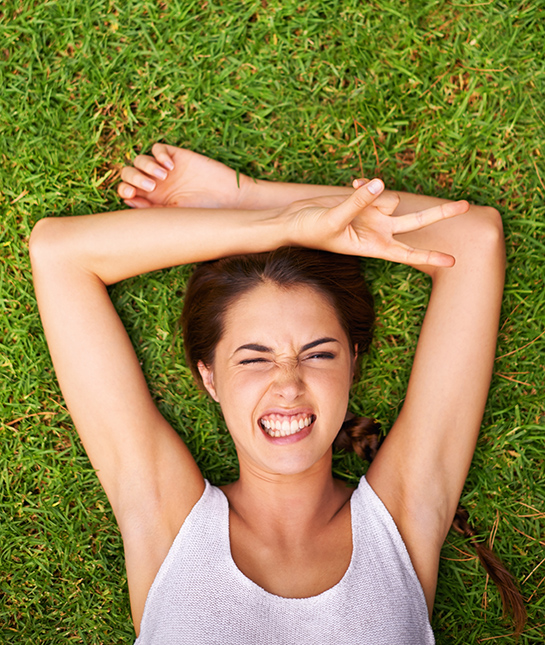
Once touted as a way to strengthen facial muscles and tighten sagging skin, facial exercises may actually do the opposite. Keeping with Dr. Schultz's paper clip analogy, the repetitiveness of these exercises could be making the skin weaker. "While [facial exercises] were once all the rage, in my opinion, it causes premature failure not only of collagen but also elastic tissues, which then makes you sag," he says.




